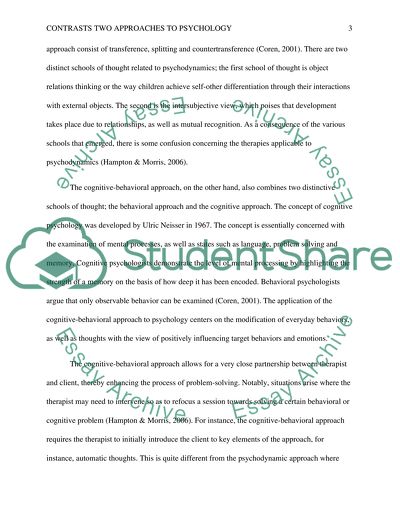Cite this document
(“Contrasts Two Approaches to Psychology Essay Example | Topics and Well Written Essays - 1250 words”, n.d.)
Retrieved from https://studentshare.org/psychology/1474782-contrasts-two-approaches-to-psycholoyg
Retrieved from https://studentshare.org/psychology/1474782-contrasts-two-approaches-to-psycholoyg
(Contrasts Two Approaches to Psychology Essay Example | Topics and Well Written Essays - 1250 Words)
https://studentshare.org/psychology/1474782-contrasts-two-approaches-to-psycholoyg.
https://studentshare.org/psychology/1474782-contrasts-two-approaches-to-psycholoyg.
“Contrasts Two Approaches to Psychology Essay Example | Topics and Well Written Essays - 1250 Words”, n.d. https://studentshare.org/psychology/1474782-contrasts-two-approaches-to-psycholoyg.


